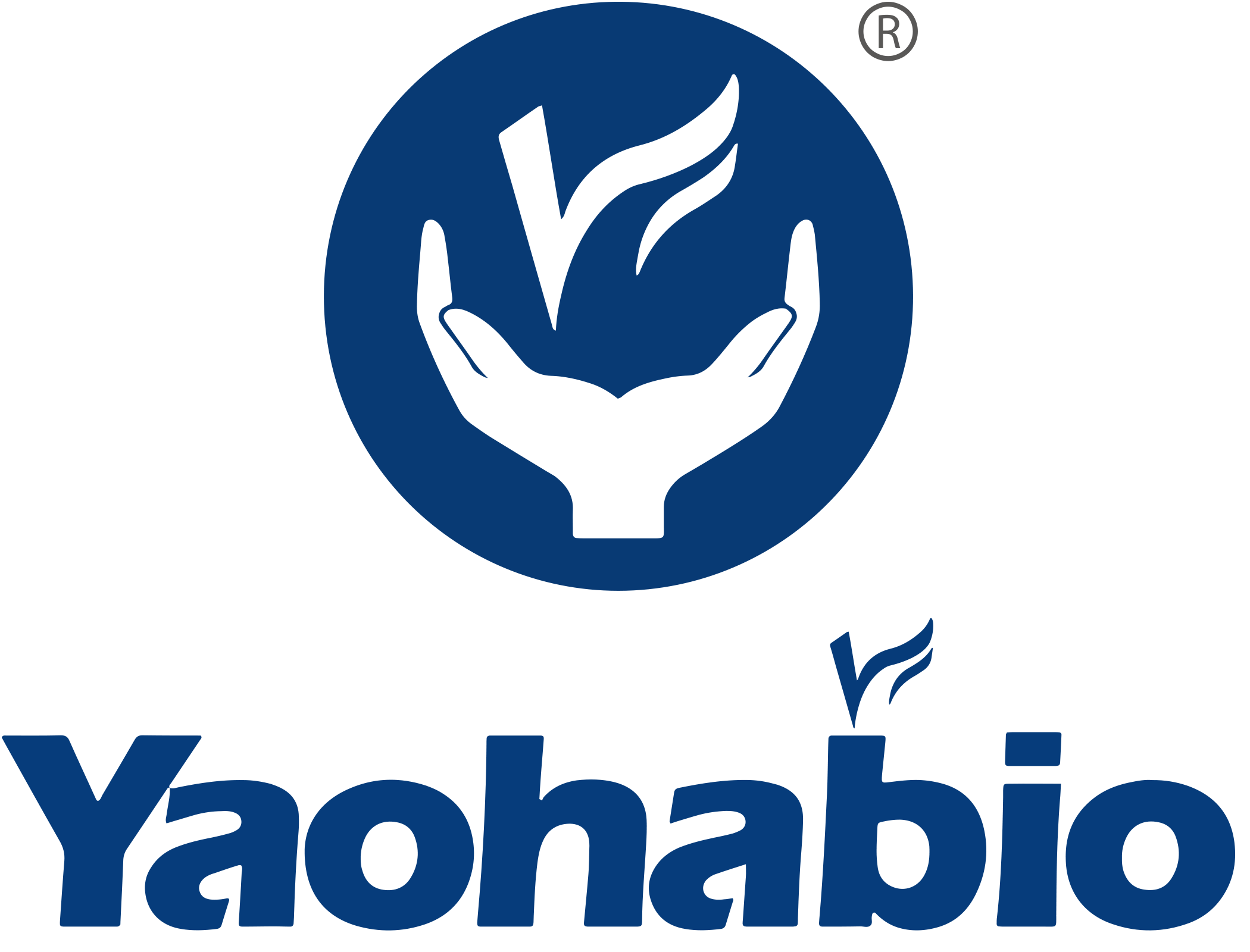Terapia genetică, ca o abordare terapeutică inovatoare, aduce o nouă speranță pentru numeroase boli incurabile. Printre acestea, DNA-ul minicerc (mcDNA), care funcționează ca un portitor DNA ne-viral, începe să arate fascinantele sale caracteristici unice.
Introducere a mcDNA
mcDNA provine din DNA-ul plasmidic (pDNA) prin eliminarea secvențelor procarionte și păstrarea doar a secvențelor eucarionte, formând un vector mai mic și mai sigur pentru livrarea de gene. Comparativ cu pDNA, mcDNA reduce semnificativ imunogenicitatea, evită riscul transferului genelor de rezistență la antibiotice și realizează o expresie genetică mai eficientă în celule, sporind eficacitatea tratamentului.
Yaohai Bio-Pharma a dezvoltat platforme de producție GMP atât pentru plasmide circulare, cât și pentru cele liniare, susținute de experiență matură în dezvoltarea procesului și producția GMP. Yaohai poate satisface diferitele nevoi ale clientelor, de la cercetarea preclinică, prezentarea IND, și studii clinice, până la producție comercială, avansând eficient progresul proiectelor.
Procesul de producție al mcDNA
Producția mcDNA implică pași cum ar fi amplificarea plasmidoanelor părinte (PP), inducerea recombinației și eliminarea impurităților. În prezent, se utilizează diferite sisteme de recombineză pentru producția mcDNA, inclusiv integrasa Phage λ, recombineză Phage P1 Cre, resolvaza ParA și sistemul PhiC31-integrasi/I-SceI homing endonuclease. Cu toate acestea, fiecare sistem se confruntă cu provocări în ceea ce privește rendimentul, purețea și costurile. Pentru a crește rendimentul, cercetătorii explorează strategii precum modificarea liniilor gene și optimizarea condițiilor de fermentare.
Purificarea mcDNA
Metodele de purificare ale mcDNA s-au dezvoltat de la modificarea backbone-ului la tehnici noi de cromatografie. În ciuda diverselor strategii de purificare, probleme precum rate scăzute de recuperare și costuri ridicate persistă. Cercetări recente au reușit să purifice cu eficiență mcDNA folosind tehnici precum coloane monolitice modificate cu cadaverină, dar sunt necesare încă reduceri suplimentare ale costurilor și îmbunătățiri ale ratelor de recuperare.
Analiza Cantitativă a mcDNA
În prezent, analiza cantitativă a mcDNA se bazează în principal pe metode precum qPCR și electrophoreza, care au probleme legate de costuri ridicate și acuratețe limitată. Ultima cercetare a folosit tehnologia cromatografică pentru a realiza o analiză cantitativă rapidă și precisă a mcDNA, oferind un nou mijloc de control al calității mcDNA.
Perspective de Aplicare și Provocări ale mcDNA
mcDNA prezintă perspective largi de aplicare în terapia genetică, vaccinurile DNA și terapia celulară. Cu toate acestea, probleme precum producția scăzută, costurile ridicate, dificultatea de control al calității și eficiența limitată a livrării in vivo trebuie încă abordate. În viitor, cercetătorii vor concentra eforturile asupra creșterii producției de mcDNA, reducerea costurilor, optimizarea metodelor de control al calității și dezvoltarea sistemelor de livrare mai eficiente pentru a promova dezvoltarea mcDNA în aplicațiile clinice.
Concluzie
Ca un portator de DNA emergent neviral, mcDNA deține un potențial mare în terapia genetică și domenii aferente. În ciuda provocărilor cu care se confruntă, cu progresul cercetării și tehnologiei, mcDNA este așteptat să devină cel mai popular portator de DNA neviral în viitor, aducând progrese semnificative în domeniul medical.
Yaohai Bio-Pharma caută, de asemenea, activ parteneri globali, instituționali sau individuali și oferă cele mai competitive compensații din industrie. Dacă aveți vreo întrebare, nu ezitați să ne contactați: [email protected]

 EN
EN
 AR
AR
 HR
HR
 CS
CS
 DA
DA
 NL
NL
 FI
FI
 FR
FR
 DE
DE
 EL
EL
 IT
IT
 JA
JA
 KO
KO
 NO
NO
 PL
PL
 PT
PT
 RO
RO
 RU
RU
 ES
ES
 SV
SV
 IW
IW
 ID
ID
 LV
LV
 LT
LT
 SR
SR
 SK
SK
 SL
SL
 UK
UK
 VI
VI
 ET
ET
 HU
HU
 TH
TH
 TR
TR
 FA
FA
 AF
AF
 MS
MS
 BE
BE
 MK
MK
 UR
UR
 BN
BN

